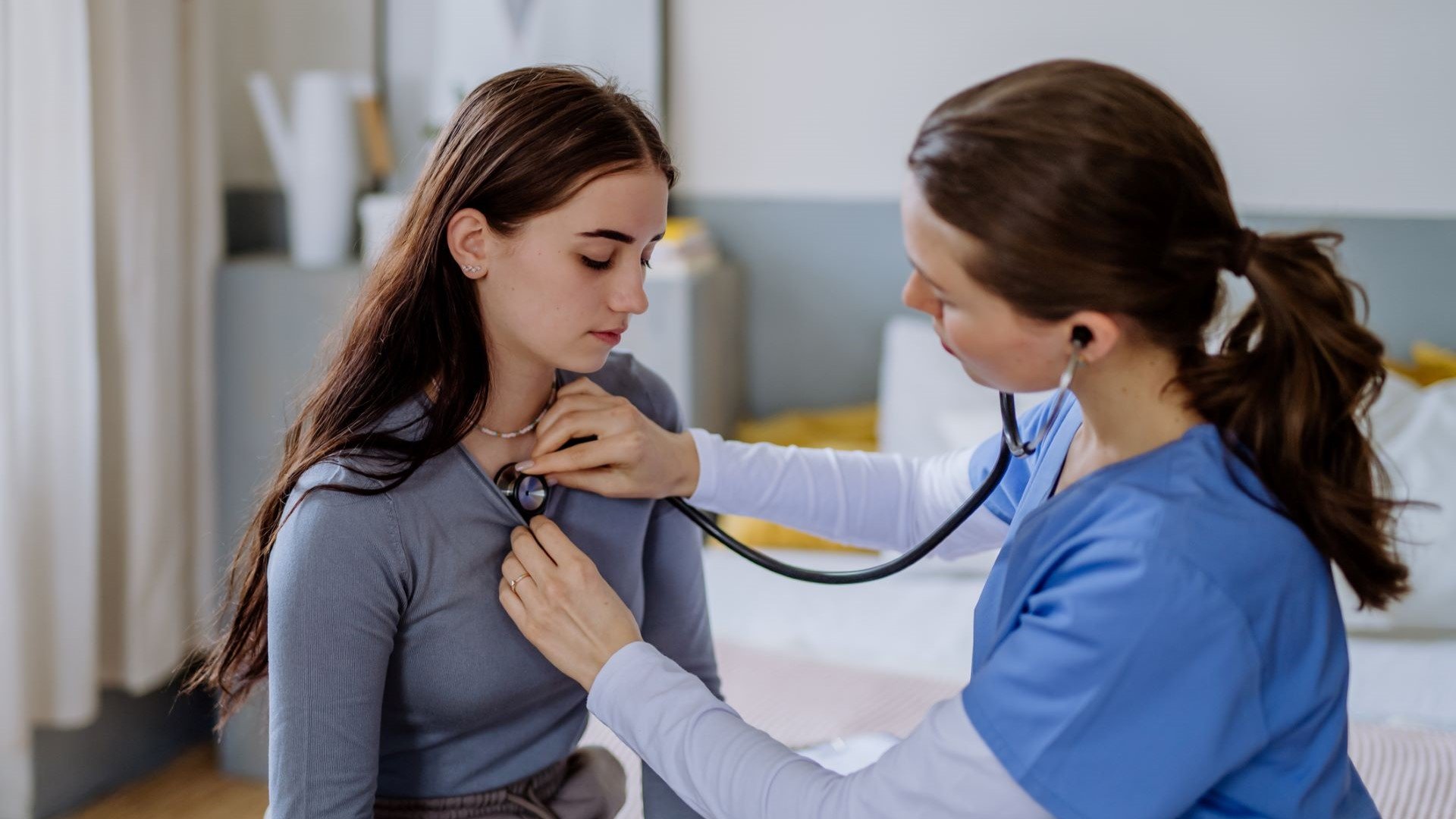Preparticipation Exams for Athletes

Preparticipation exams (PPEs) are effective means of establishing a basic standard of health for interscholastic athletes. State athletic associations mandate the PPE’s content and frequency and who can administer it; some require a standardized form. Several medical associations collaborated to develop a Preparticipation Physical Evaluation Guide, establishing good practices for identifying athletes who may be at increased risk of harm.
Your K-12 school should review its PPE practices with legal counsel to ensure compliance with state regulations. At a minimum, include in PPEs:
- Family medical history to screen for undetected genetic concerns such as cardiovascular abnormalities or blood disorders
- Personal medical history
- Physical exam
- Series of interview questions to identify abnormal conditions that limit participation
PPEs typically don’t include sophisticated tests. Rather, they establish a baseline for play and don’t guarantee an athlete's fitness. Your school may conduct separate neurocognitive baseline testing for sports in which concussions are a risk.
Only accept exams documented on your school form. Recommend that athletes and their parents or guardians provide the correct form to their physician.
The American Academy of Pediatrics offers sample documentation, including:
- Health history
- Physical examination
- Clearance forms
- Supplemental history for athletes with special needs
Determine Which Teams Require a PPE
The exam is recommended for all school-sponsored athletics. Completed forms must be turned in before tryouts, without exception. Some institutions distribute forms in the spring for the coming year and remind students again before tryouts.
Identify Who Administers the PPE
Consult your state athletic association’s rules. State-licensed health care providers usually conduct PPEs.
The youth athletic safety information site MomsTeam.com describes models for PPE administration using a primary care physician, team physician, or contracted health care providers. The athlete’s primary physician offers the advantage of patient familiarity. Encourage parents to confirm their primary physician has exam administration experience.
Learn What Results Mean
If the health care provider does not grant unqualified clearance, more steps may be necessary before the student can participate. Steps may include:
- Testing by a specialist
- Requiring the student to participate in a less risky sport
- Modifying the activity
- Discussing with the student and parents the decision to play
- Requiring a signed assumption of risk form
Don’t Exclude Students
Failure to offer accommodations may be viewed as discrimination under federal and state disability laws.
Understand How Long the PPE Is Valid
Follow state requirements and consult with a medical professional about annual screening for returning athletes. This can include a complete PPE, reviewing personal and family history, and a blood pressure check.
An up-to-date form must be on file for participation.
Retain records, in most cases, for four to five years after the student graduates.
Additional Resources
About the Author
-

Alyssa Keehan, Esq., CPCU, ARM
Director of Risk Management Research & Consulting
Alyssa oversees the development of UE’s risk management content and consulting initiatives, ensuring reliable and trustworthy guidance for our members. Her areas of expertise include campus sexual misconduct, Title IX, threat assessment, campus security, contracts, and risk transfer. She previously handled UE liability claims and held positions in the fields of education and insurance.





